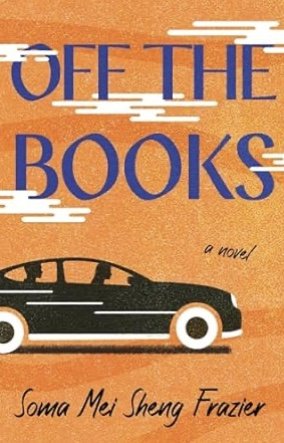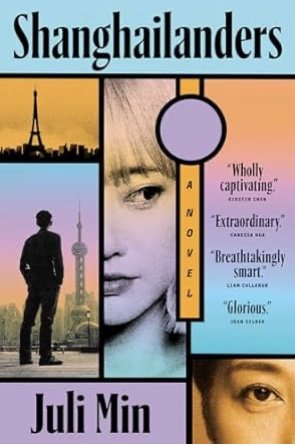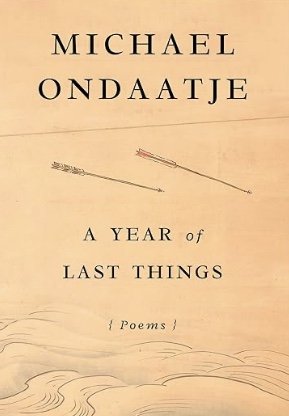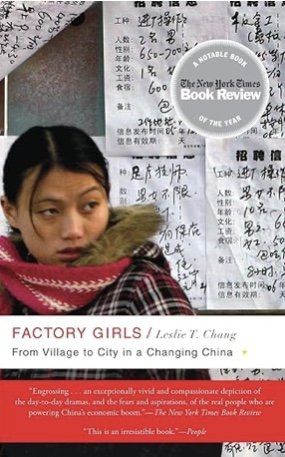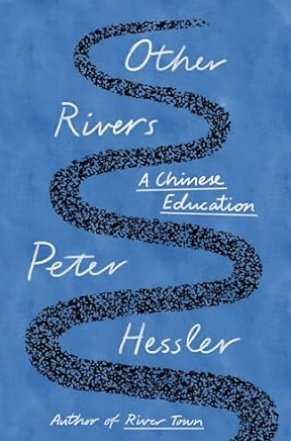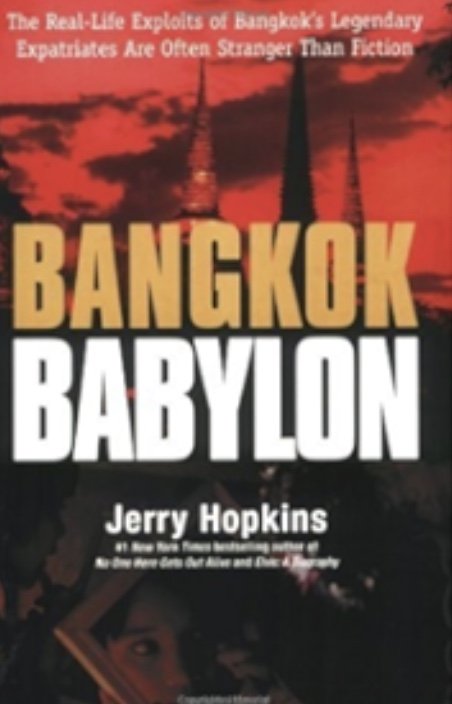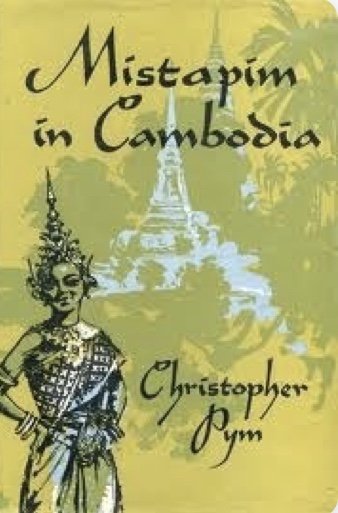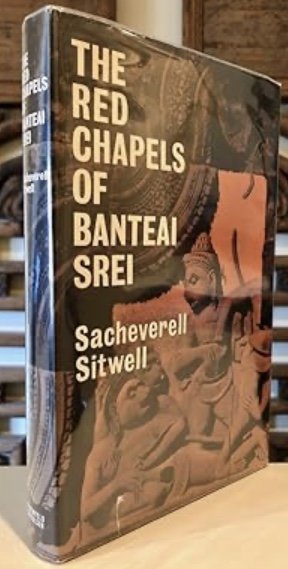Mio The Beautiful by Kinota Braithwaite, translated by Setsuko Miura (Self-Published)
Kinota Braithwaite is a Canadian-African children’s book author and elementary school teacher. He is married to a Japanese citizen and they have a young daughter. Braithwaite wrote Mio The Beautiful for his child who experienced being bullied at school due to the color of her skin. He also illustrated the book.
The book includes English and the original Japanese which was translated by Setsuko Miruo who is also a childhood educator and Montessori Teacher Trainer. She dreams of a world “where all children can find happiness, love, and acceptance”.
It is Mio’s first day of school. She is starting the first grade but is feeling nervous. She’s wondering what her new school would be like, with questions all new students have when they’re starting a new school or going to elementary school for the first time. Will she be able to make friends? Who is going to be her teacher?
Mio enjoys her first day of school. She likes her teacher, Momo-sensei. Momo-sensei makes learning fun and all the students enjoy her lessons. Mio really likes school. She enjoys the school lunches, called kyushoku, which is common to all Japanese schools. Students help serve the food as well.
Mio also likes learning new things about Japanese culture such as flower-arranging and wearing a kimono. But then one day everything changes. Some of the other students start making fun of her because of the color of her skin. Once she gets home, she tells her parents she doesn’t want to go to school anymore.
Prejudice against foreigners is nothing new to Japan. Even for those foreigners who were born and raised in Japan and even if they can speak the language, often they are not accepted as Japanese. Mio’s father being African-Canadian means her skin color is different and being different in Japan makes you stand out. And if you stand out, you are almost sure to become a target of ridicule.
In the book, Mio’s parents call Momo-sensei and express their concern. Momo-sensei says she will talk to all of the students about the power of words and how they can hurt people. In class the next day, Momo-sensei asks the other students if they have ever had their feelings hurt because someone called them a name they didn’t like. Many of the students raised their hands.
Momo-sensei explains to her students that Japan would be a boring place if everyone was the same. She goes on to tell them, “Mio has a different color than many of you but that does not mean she is not beautiful”. She continues by telling her students, “Mio was born in Japan, like us, and speaks Japanese, like us, and she loves Japan like we do”.
If all teachers in Japan were like Momo-sensei, there wouldn’t be bullying of any sort in any of the schools. It would be an ideal world but bullying continues to be a problem, not only for biracial children but for Japanese kids as well.
The story is very reminiscent of the children’s book Yoko by Rosemary Wells. In a plot similar to Mio The Beautiful, Yoko’s mother prepares her favorite dishes for lunch. At lunch time when everyone takes out their lunch box or brown paper bags, Yoko takes out her bento box. The kids then see that she’s eating sushi for lunch…and the teasing begins which leaves Yoko in tears.
Finding acceptance in a foreign country can be a difficult thing, especially for kids, and Mio the Beautiful is a reminder to parents, teachers, and others how everyone should be treated with respect. As my father used to say to me, “Treat people the way you want people to treat you.” I’ve always taken that advice to heart. ~Ernie Hoyt


